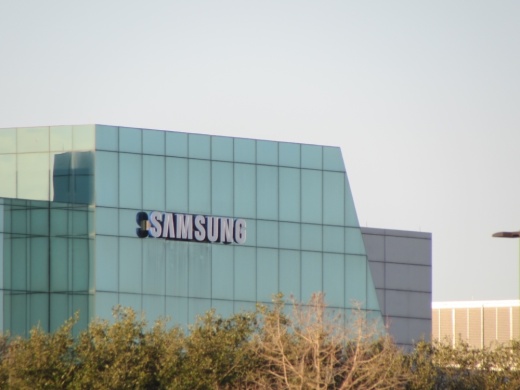The Texas Commission of Environmental Quality was first notified of the discharge that affected an on-site stormwater pond and the off-site tributary on Jan. 14. Coyne said the spill of up to 763,000 gallons—about 100,000 gallons more than that needed to fill an Olympic size swimming pool—could have taken place over a period as long as 106 days.
During WPD inspections of the off-site tributary—which begins at Samsung's property at 12100 Samsung Blvd., Austin, and runs a mile and a half to Harris Branch Creek—staff found remains of dead aquatic species and virtually no surviving aquatic life, Coyne said.
"At this time, it's too early to know what the long-term impacts to this area within the tributary might be, but it is very likely that all algae and bacterial communities are gone," Coyne said.
Coyne said as the ecosystem in the tributary is rebuilt, it will go through boom and bust phases, and it will be susceptible to pioneering and opportunistic species, including invasive species.
While low pH levels were observed in the tributary, no effects were noted in the main branch of Harris Branch Creek, where healthy aquatic life was found, Coyne said.
The Austin Fire Department Engineering Division is overseeing Samusug's plan to improve spill monitoring, Coyne said. Additionally, Coyne said WPD continues to conduct weekly surveys of the affected tributary to monitor pH levels until all remediation efforts are complete.





